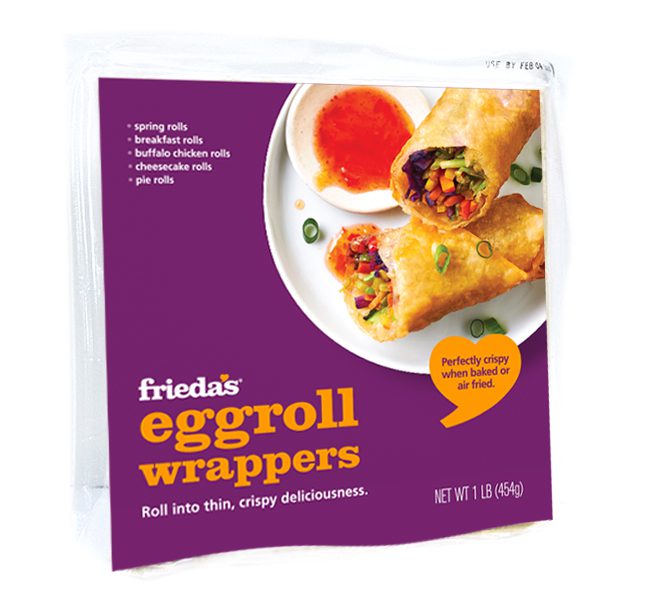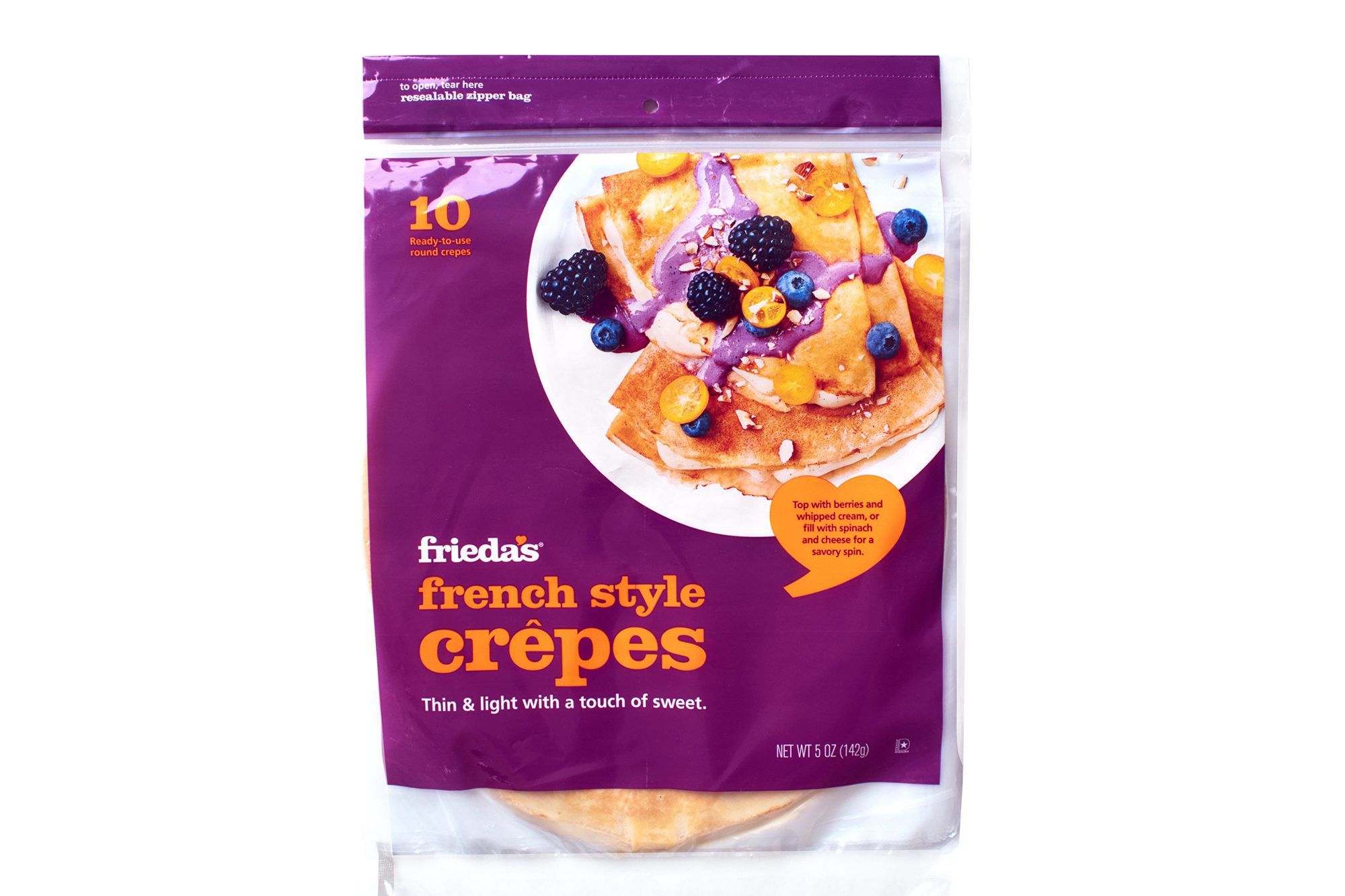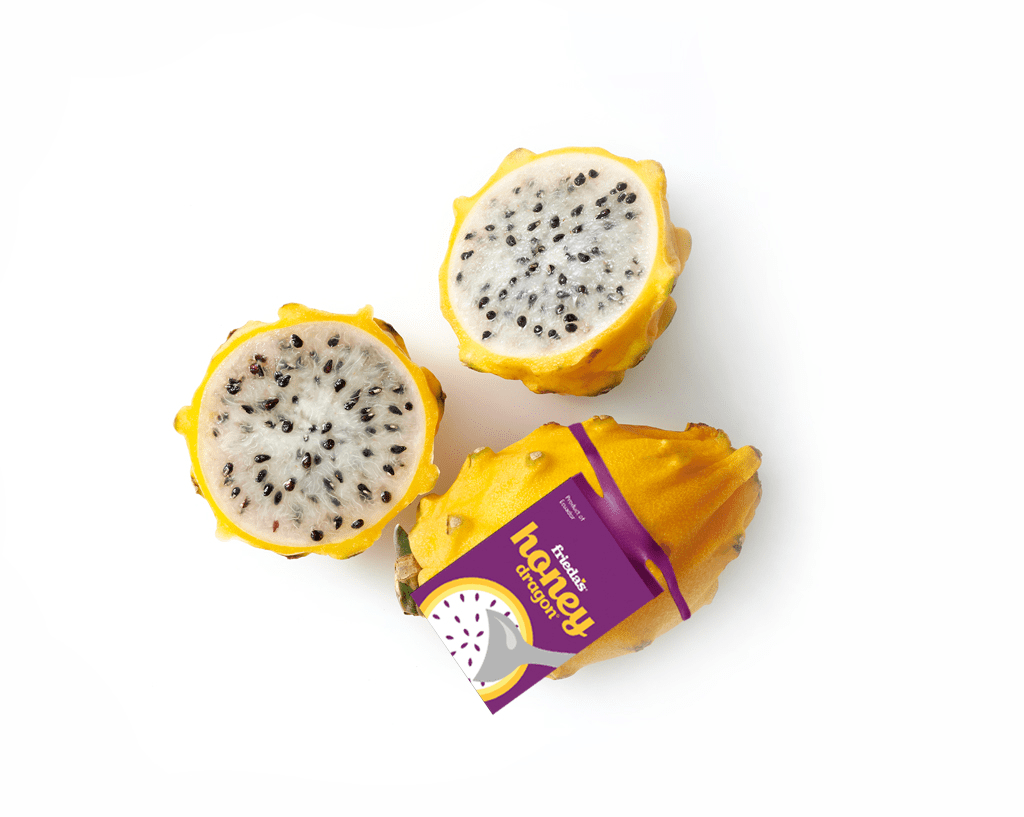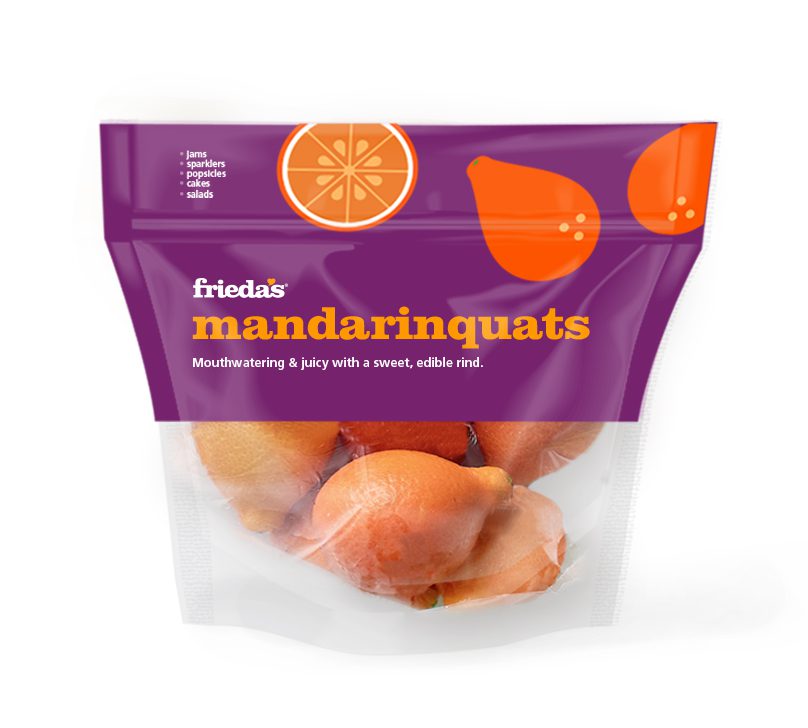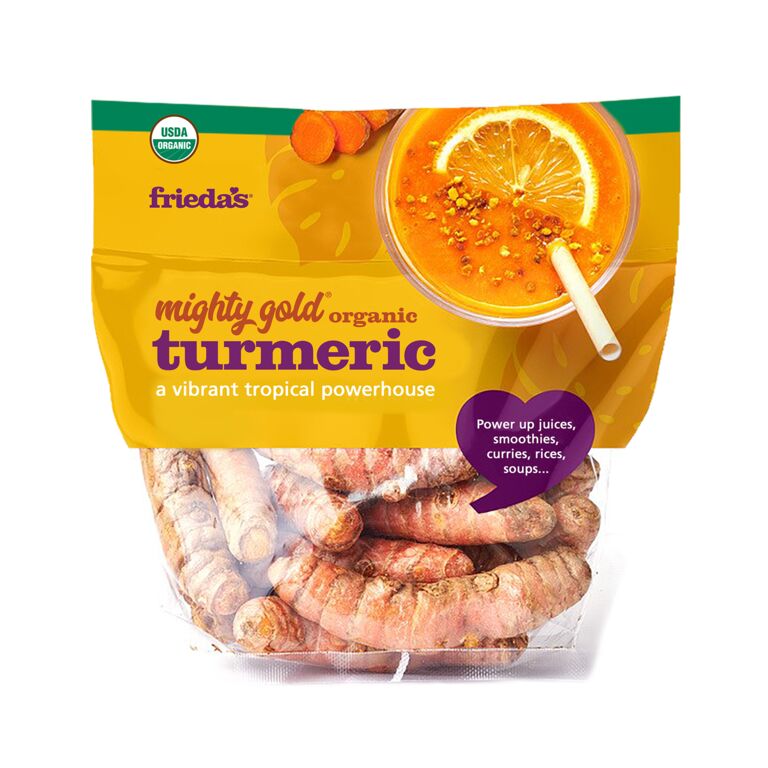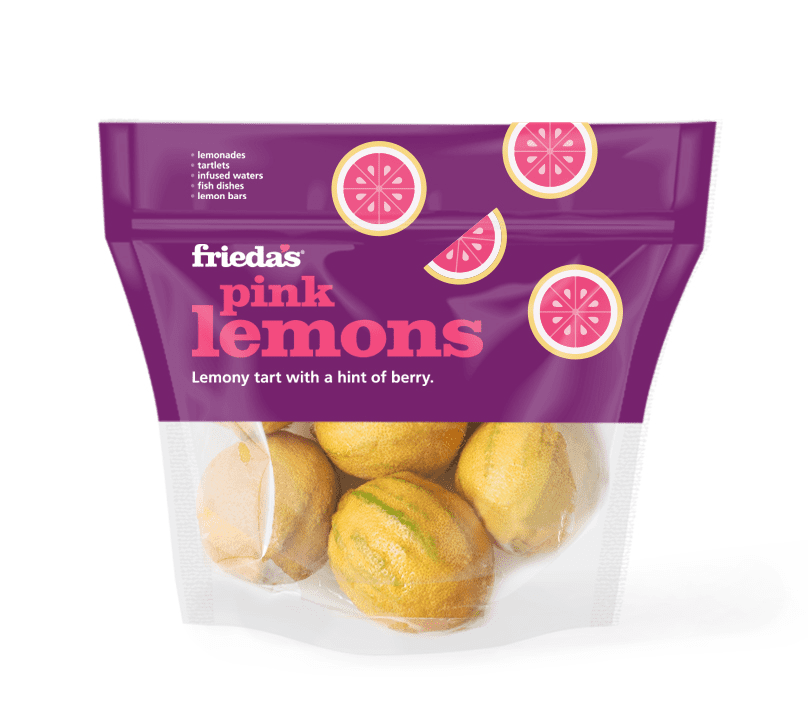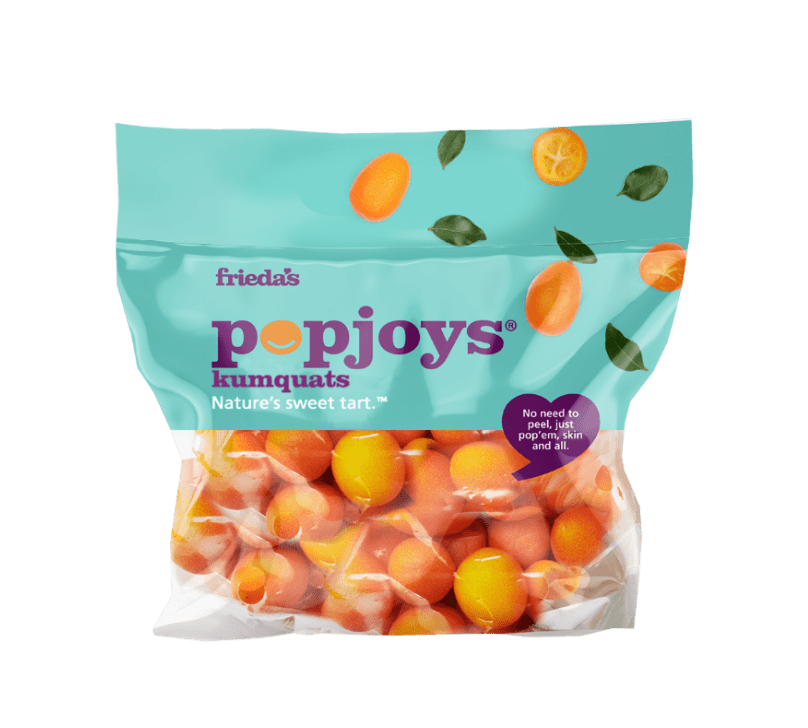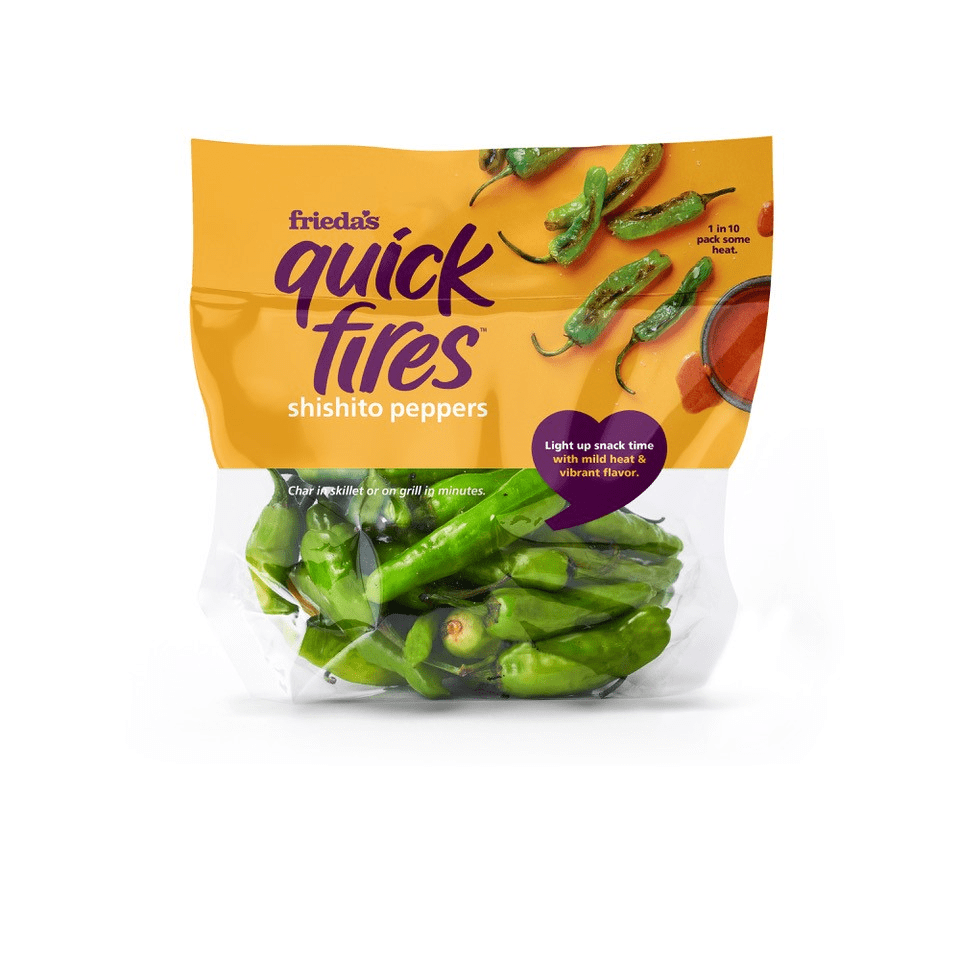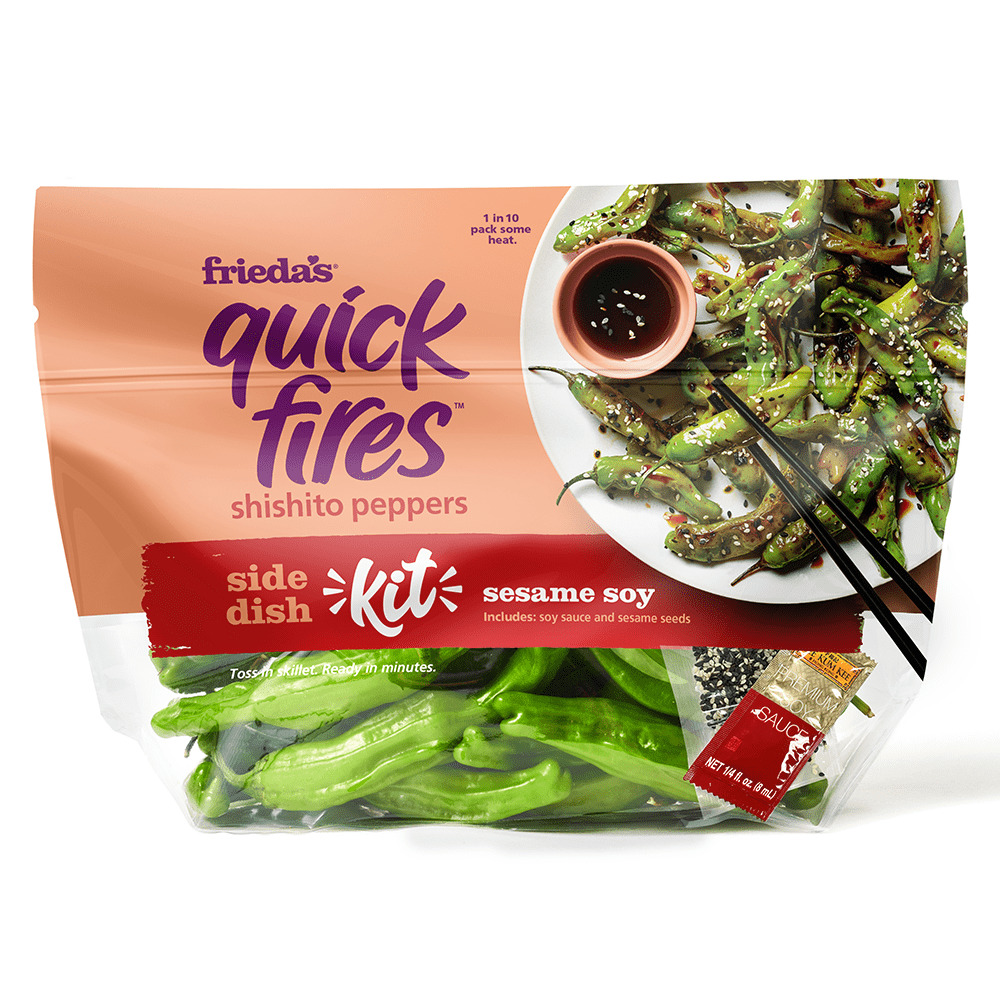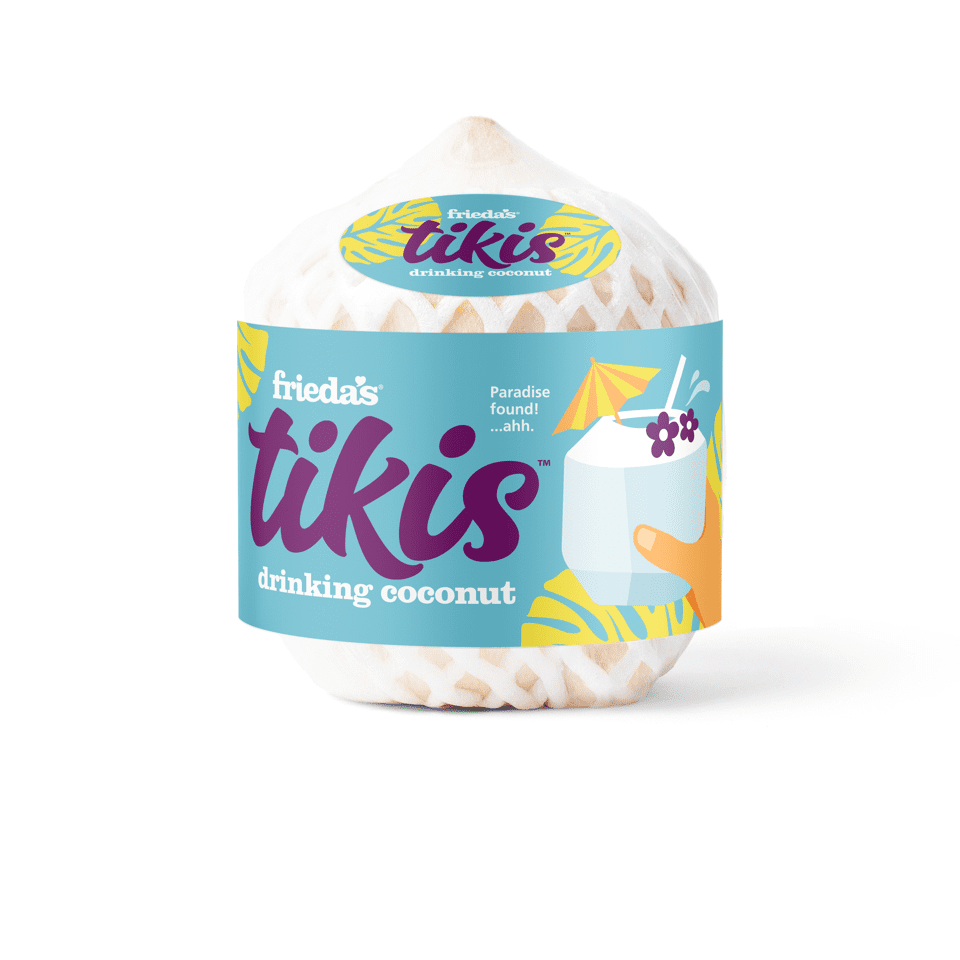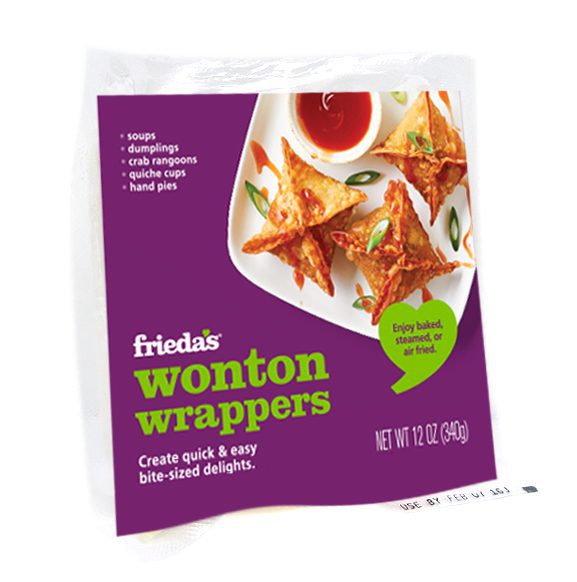Living here in Southern California, Cinco de Mayo is promoted and celebrated widely.
Admittedly, those of us in the food business joke that beer companies like Budweiser and the chips and guacamole folks have made it into a bigger holiday than it may have been previously. (Just as Hallmark has made Mother’s Day and Valentine’s Day into bigger holidays.) Regardless, it’s always interesting to know about the history behind these holidays.
Cinco de Mayo is NOT Mexican Independence Day. That is on September 16. Cinco de Mayo – the 5th of May in Spanish – actually commemorates the Mexican victory over the French at the Battle of Puebla on May 5, 1862. The battle was important because the Mexican army was victorious, although they were considerably outnumbered by the larger and better-equipped French army.
Back in the 1980s, when our company was selling lot of chile peppers, jicama, tomatillos (husk tomatoes), corn husks and nopales (cactus pads), we had to come up with a way to get produce retailers across America to try these “new foods.” We had no problem selling them here in Southern California where we are based, because we have such a large Hispanic population that loves all of these foods. However, it was a hard sell for our retail customers in Iowa, North Carolina, Wisconsin and Pennsylvania. So, we developed educational materials (for produce personnel and consumers) and decorations (red and green, like the Mexican flag) to send to those supermarkets who would take the chance of promoting these “exotic” items.
And thank goodness they did! Fortunately, Mexican restaurants were popping up in cities across the country, making guacamole, Colorado red sauce (made with dried New Mexico chiles), jalapeno peppers and corn husks (for tamales) more popular.
Of all the foods we introduced as part of our Cinco de Mayo promotions, my favorite is probably jicama. A root vegetable, commercially grown only in Mexico (thanks to the latitude and ideal soil conditions), jicama looks a bit like a turnip. Once you peel off the light brown skin, the white crunchy inside flesh never turns brown and is very low in calories. (We worked early on with Weight Watchers to promote jicama as a “free” food.) And the flavor seems like a refreshing cross between an apple and a water chestnut.
One of my favorite jicama recipes is in The Purple Kiwi Cookbook: Pineapple-Jicama Salsa. The chopped habanero peppers really give it a little extra kick!
So, this year for Cinco de Mayo, why not try something a little different!
Also, please click here to visit Frieda’s NEW YouTube Channel (YouTube.com/FriedasProduce) and watch our latest “Specialty Produce 101” video on jicama.
Karen


